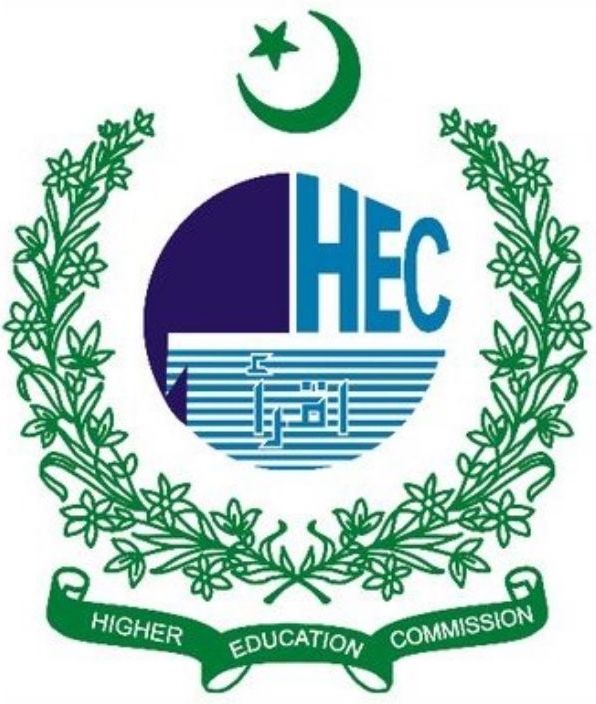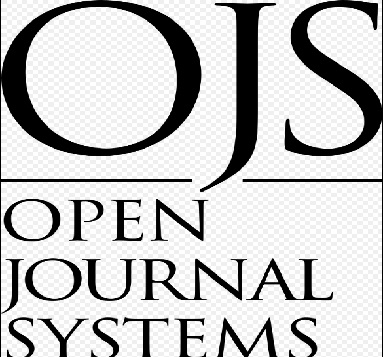GIS-Based Solid Waste Identification and Optimized Route Planning for Collection and Dumping in Quetta City
DOI:
https://doi.org/10.63056/ACAD.004.01.0080Keywords:
Geographic Information Systems (GIS), Remote Sensing (RS), Solid waste management, urbanization, QuettaAbstract
Solid waste management is one of the major issues in developing countries facing rapid urbanization. This research focuses on the identification, analysis, and optimization of waste collection and disposal routes, aiming to revolutionize the city's waste management system. By leveraging advanced spatial analysis techniques, this work seeks to address the pressing challenges of urban waste handling and contribute to sustainable urban development.The opening section highlights the issues confronting cities underscoring the importance of implementing an organized waste management system in Quetta. The rising population numbers and swift urban development amplify the need, for waste disposal solutions. To tackle this challenge GIS technology plays a role in this research by mapping analyzing and streamlining waste collection and disposal routes. The methodology focuses on utilizing GIS-based analysis to pinpoint areas producing significant solid waste and determining the most effective routes for collection and disposal. Optimistic collection timetables and routing strategies are developed by incorporating data on population density, waste generation rates, and geographical features.Furthermore, the research explores how this new waste management approach could impact both the economy and the environment. It considers aspects, like cost effectiveness reducing carbon emissions by improving transportation efficiency, and the possible positive effects on the city and its residents. The study emphasizes the importance of using GIS technology to transform waste management practices in optimizing collection and disposal routes for solid waste management in Quetta City. Additionally, the studypoints out the potential for enhancements in waste collection effectiveness, resource distribution, and environmental sustainability by implementing these optimized routes and strategies.
Downloads
Published
Issue
Section
License
Copyright (c) 2025 ACADEMIA International Journal for Social Sciences

This work is licensed under a Creative Commons Attribution 4.0 International License.












